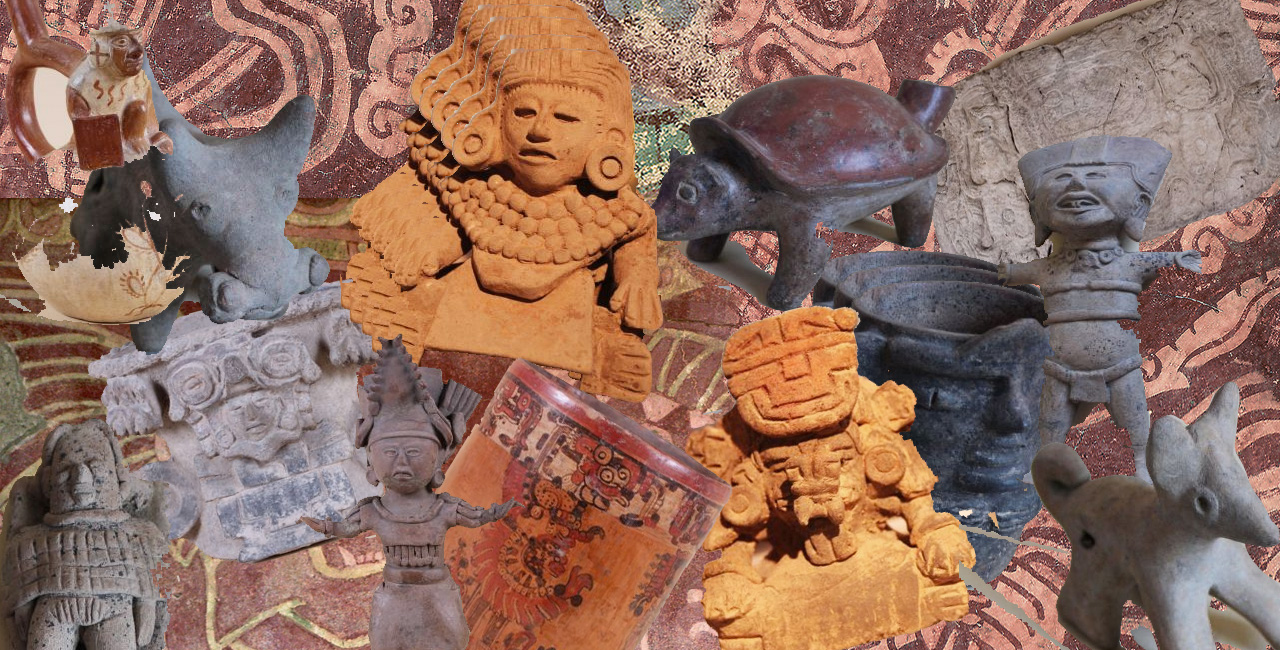As San Francisco’s Mexican Museum undergoes an authentication process – one of the requirements it must follow after the Smithsonian Institution accepted it as an affiliate in 2012 – it’s faced some challenges. The Mexican Museum began in 1975, and it’s only just recently that it began verifying the items it accepts. As a result, when an expert evaluated 2,000 of the museum’s pre-Hispanic items, only about 80 were of museum quality. The others were considered fake or insignificant. According to Mission Local, the results were published in a report that Dr. Eduardo Pérez de Heredia Puente, of the National Institute of Anthropology and History, and more reports will follow as the museum has it’s permanent collection – more than 16,000 pieces categorized as Chicano Art, Colonial Art, Mexican & Latino Art, Popular & Folk Art, and Pre-Hispanic Art – evaluated.
Though the authentication process is a bit of setback, it’s not all bad news. Between the pieces recently authenticated and a donation from Berkeley Professor John Casida and his wife, Kati, the museum has nearly 200 museum-quality pieces for its pre-Hispanic collection. “The good news is we have 170 museum-quality (pre-Hispanic) pieces, and in many museums that is considered a good collection,” said Andrew Kluger, chair of the board of trustees, according to SF Gate.
The Mexican Museum is also considering offloading these items to smaller museums. Currently, the institution’s based out of Fort Mason. It’ll move to Jesse Square, where it’ll occupy four floors in a 47-story building, in the next few years. Part of the museum’s pieces are in storage, so giving away the items that won’t show at the museum means freeing up valuable space.
Kluger expects that experts will find that more of its 16,000 items aren’t museum quality. Regardless, the Mexican Museum has a solid foundation. “Most of it is good, and everything in the Latino art and Chicano art collection appears to be authentic,” he said.
The Mexican Museum’s life began in a Mission District storefront, and then moved to a small site in the Fort Mason area. Founded by Mexican-American artist Peter Rodriguez, the museum is especially important at a time when Latinos outnumber whites in the state of California. It aims to continue being a place where our community can reconnect with their culture. “The new museum will allow us to educate second- and third-generation Chicano, Latino children about their heritage, which is quite important because many of them don’t know about it,” Kluger added.
